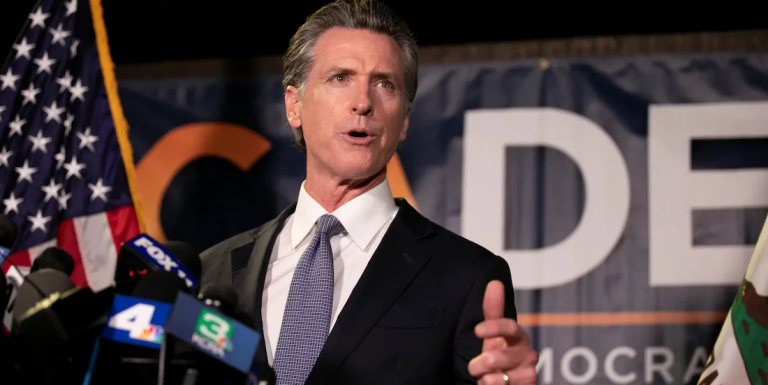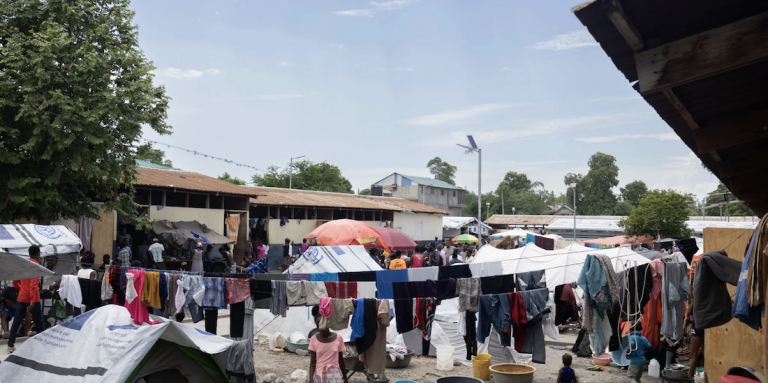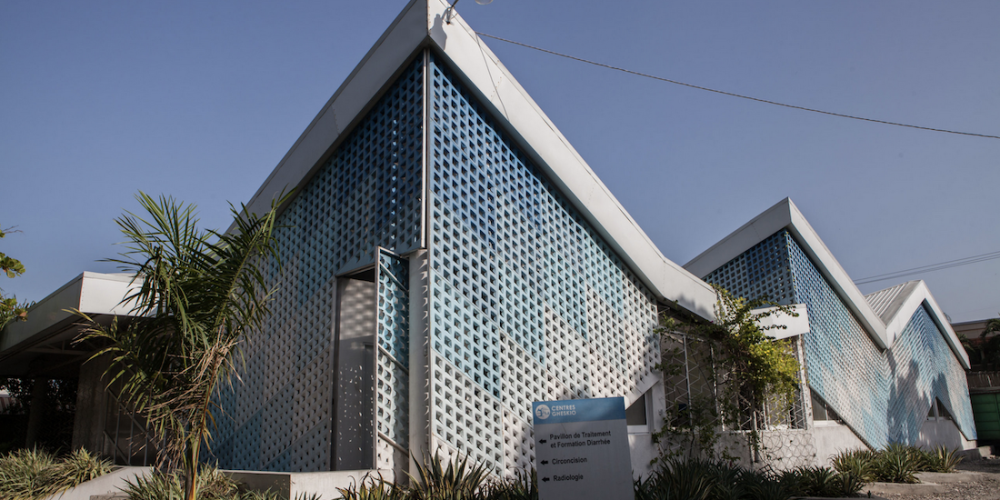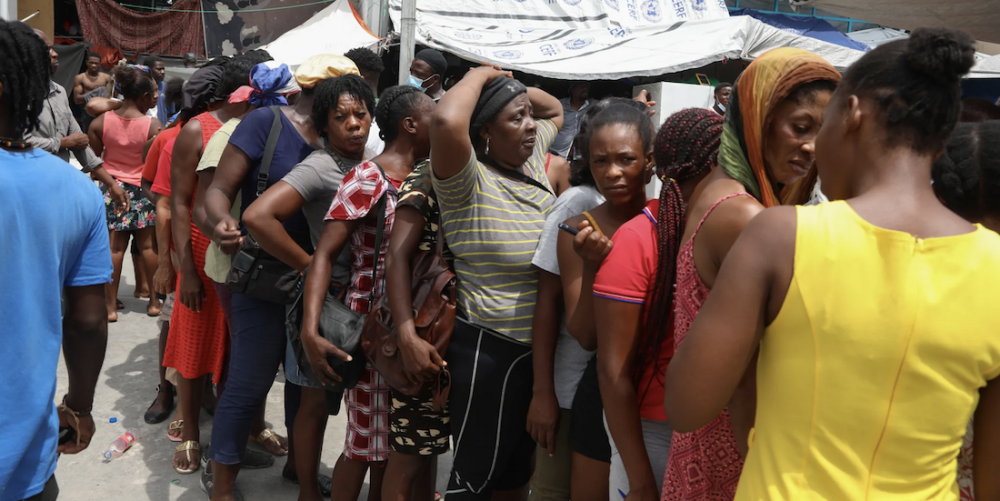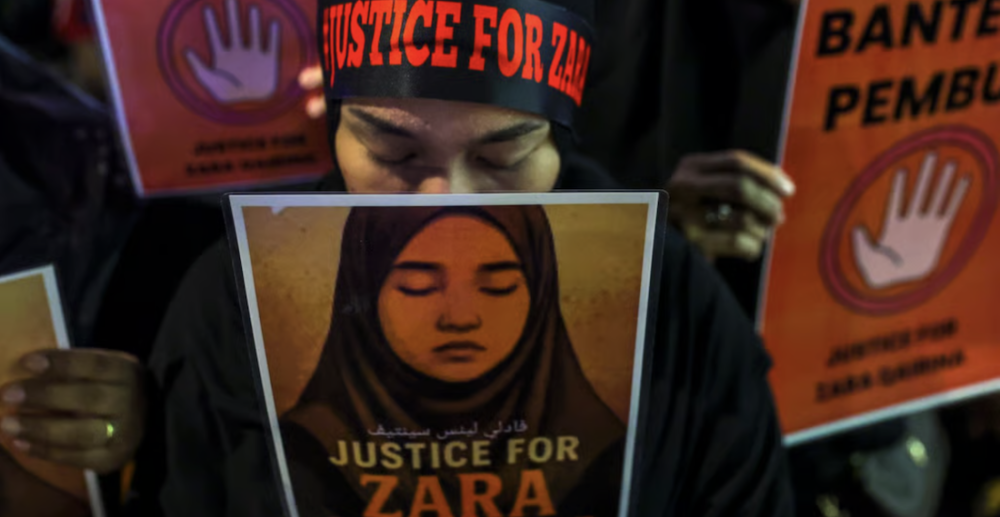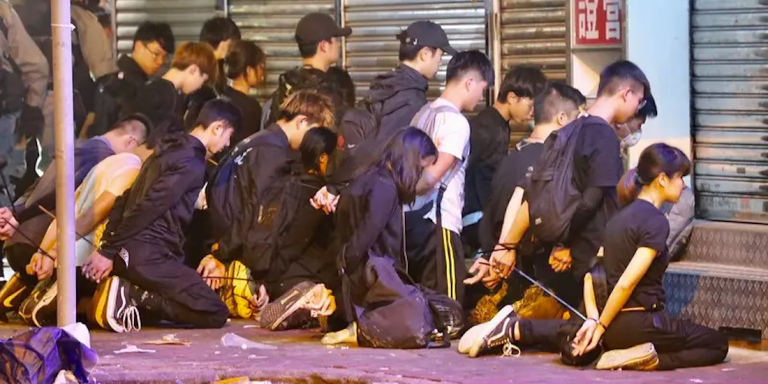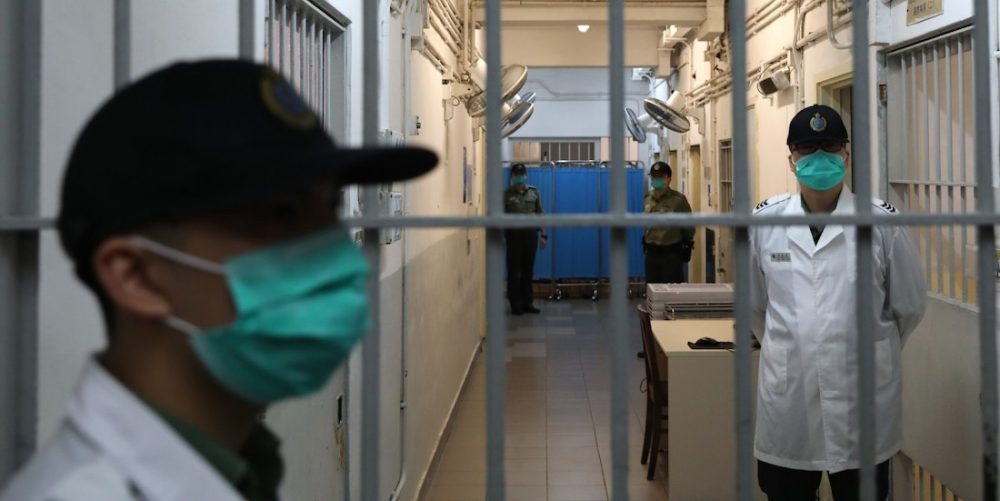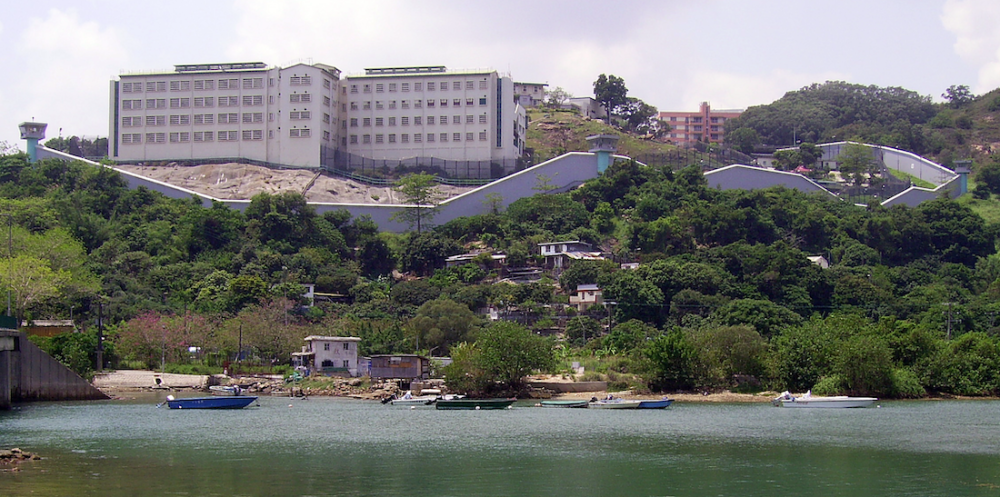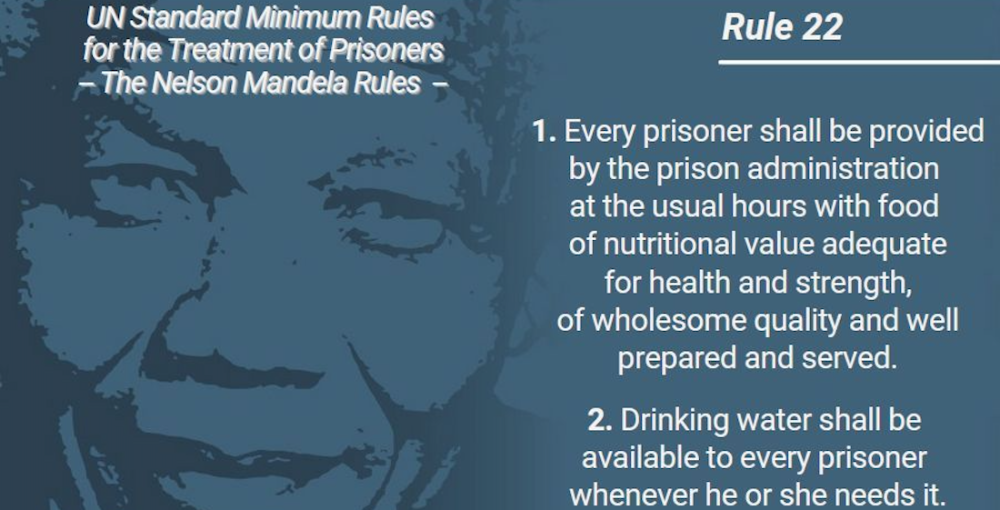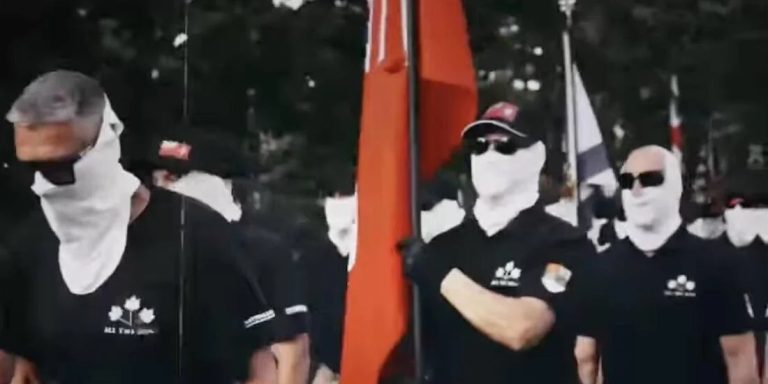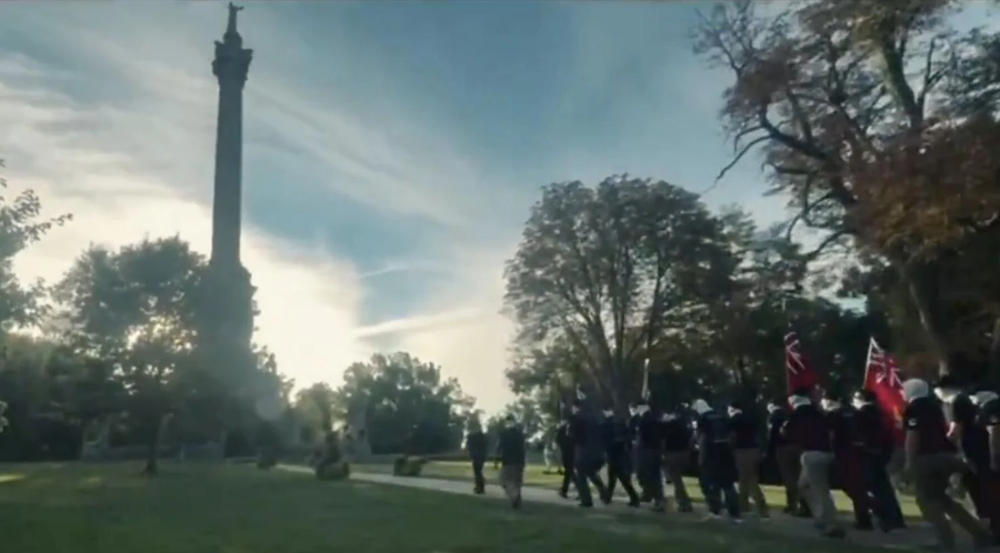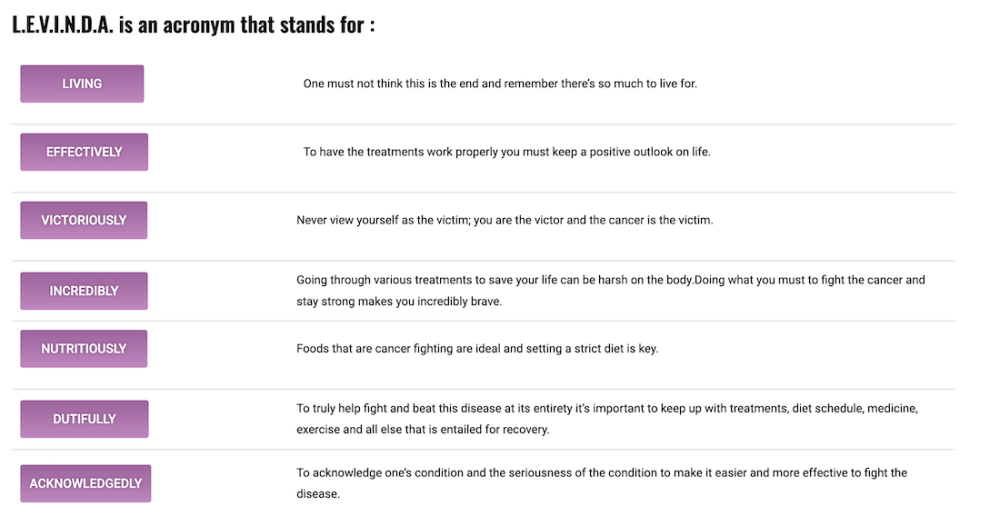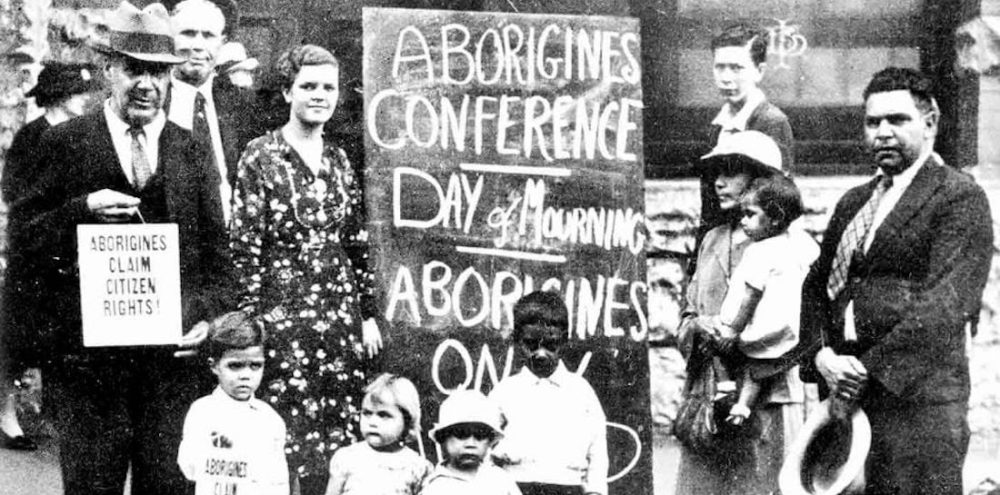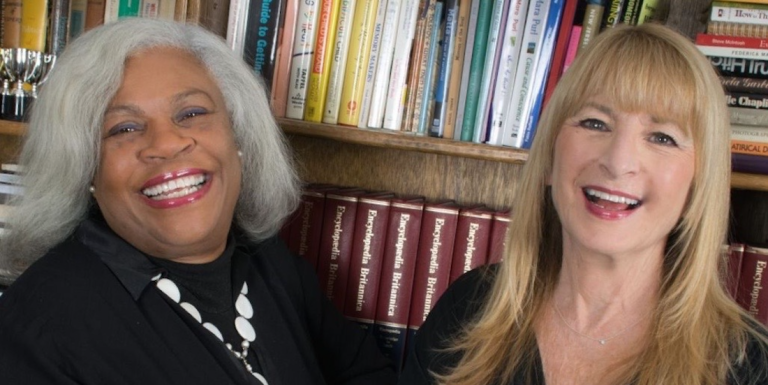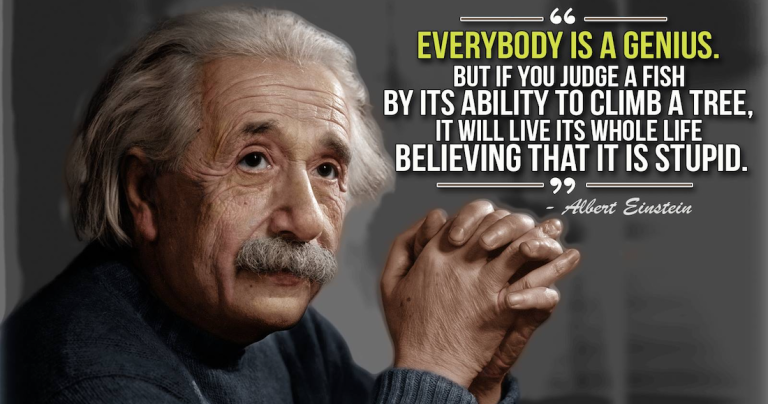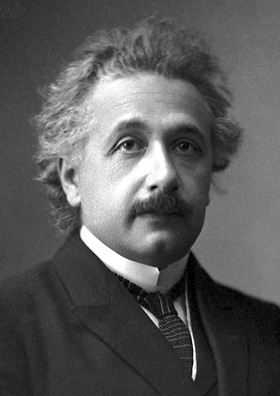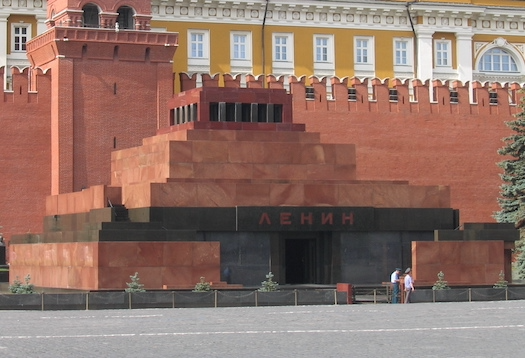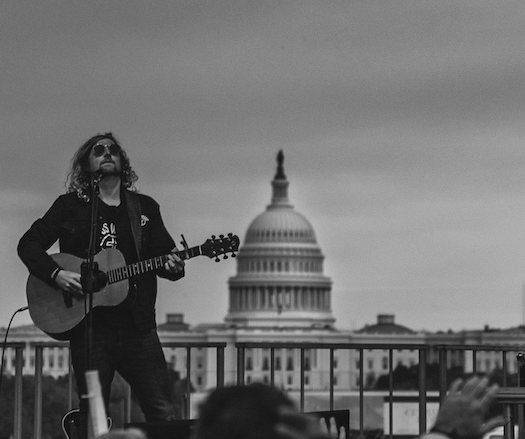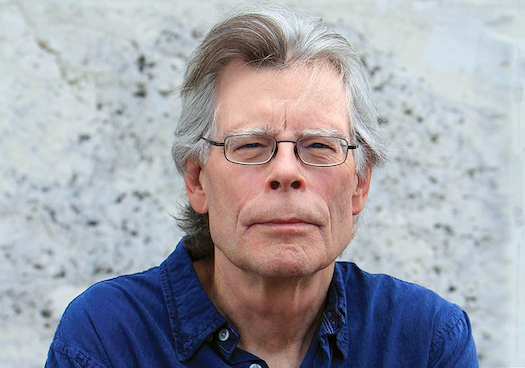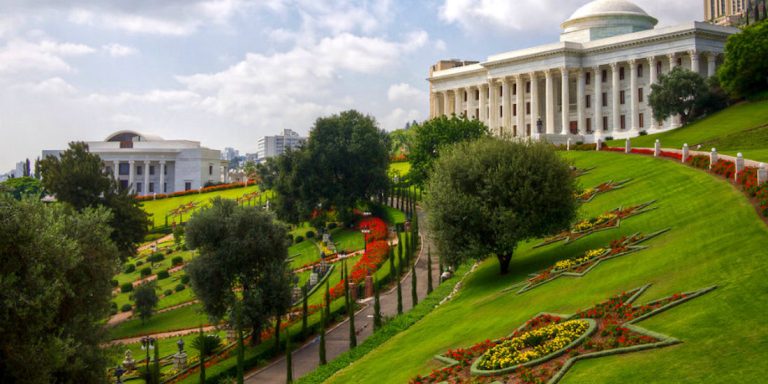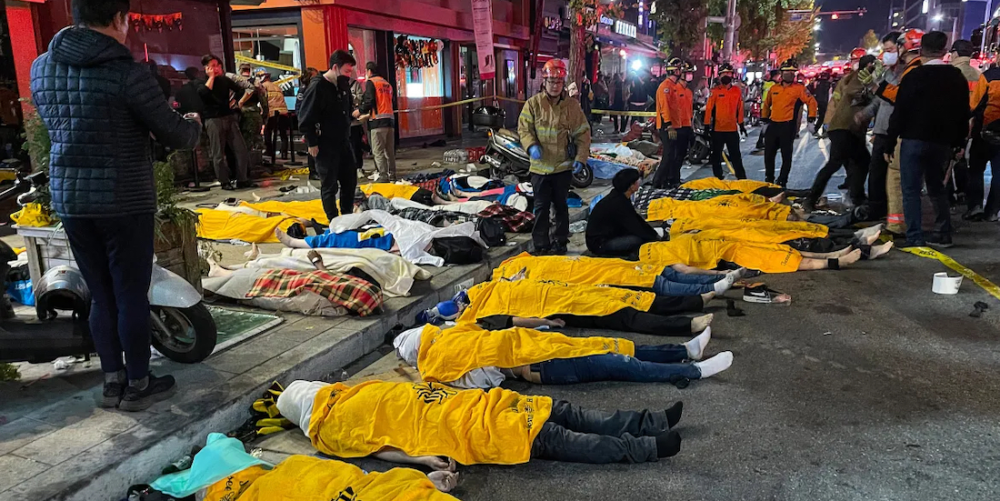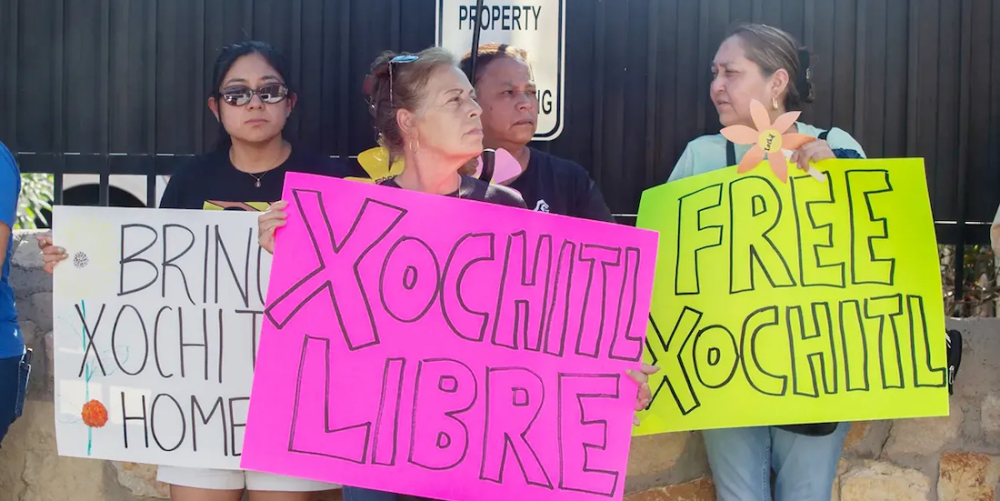California Governor Slams Federal Policies, Touts Resilience Amid Wildfires, Economic Challenges

New York, N.Y. –– On September 9, 2025, California Governor Gavin Newsom [Luce Index™ score: 94/100] delivered a powerful State of the State address, casting the Golden State as a defiant stronghold against what he described as a menacing Trump administration.
In a 2,300-word letter to the California Legislature, Newsom accused the federal government of dismantling public services, flouting the rule of law, and targeting California’s progressive values with “relentless, unhinged obsession.”
A State Under Siege
Newsom underscored the state’s resilience in the face of devastating Los Angeles County wildfires, economic challenges, and federal hostility. The address, coinciding with California’s 175th anniversary of statehood, was accompanied by a pre-recorded video shared across his social media platforms, amplifying his message to a national audience.
Newsom’s remarks come as he gains prominence as a potential 2028 presidential contender, using his platform to confront the policies of President Donald Trump [Luce Index™ score: 35/100] while positioning California as a defender of democratic values.
His decision to forgo the customary public address drew criticism from Republican lawmakers, who accused him of dodging accountability on pressing issues like the state’s affordability crisis and looming budget deficit. Nonetheless, Newsom’s address framed California as a beacon of progress, emphasizing its economic strength, environmental leadership, and robust disaster response.

Battling Federal Overreach
Newsom’s address painted a vivid picture of a state under siege, not only by natural disasters but also by a federal administration he described as built on “incompetence and malicious ignorance.” He highlighted California’s legal battles against the Trump administration, noting that the state has filed 41 lawsuits to challenge federal actions threatening its progressive policies.
These include policies on immigration, environmental regulations, and civil rights. For instance, California is contesting the administration’s decision to suspend funding to the University of California, Los Angeles (UCLA) over alleged civil rights violations related to antisemitism and affirmative action. “It would be a mistake to think California is cowering in the face of this onslaught,” Newsom declared, emphasizing the state’s resolve to protect its values.
The governor sharply criticized Trump’s immigration policies, particularly the deployment of the National Guard and U.S. Marines to Los Angeles in June 2025 for immigration enforcement. Newsom called this move a “cowardly attempt to scare us into submission,” alleging it cost taxpayers US$120 million (approximately €108 million). He also condemned the U.S. Supreme Court’s ruling on September 8, 2025, allowing federal authorities to resume mass immigration arrests at workplaces and public spaces in Los Angeles, describing it as an attack on the state’s entrepreneurial spirit. “We are committed to protecting the men and women who make this state stronger through their hard work,” Newsom wrote, referencing California’s diverse workforce.
Resilience Amid Wildfires
A significant portion of Newsom’s address focused on California’s response to the catastrophic Los Angeles County wildfires in January 2025, which he described as one of the worst natural disasters in U.S. history. Fueled by hurricane-force winds, the Eaton and Palisades wildfires destroyed thousands of homes and forced mass evacuations in communities like Altadena, Pacific Palisades, and Malibu. Newsom praised the “tireless resolve” of firefighters, law enforcement, and first responders who risked their lives to save residents. He also highlighted the state’s rapid mobilization of resources, including executive orders to waive bureaucratic red tape, enabling swift debris removal and streamlined rebuilding permits.
“Despite great personal danger, our first responders demonstrated heroic resolve,” Newsom said, noting that California’s communities rallied to support displaced families, businesses, and schools. However, he expressed frustration with the Trump administration’s lack of federal aid, stating, “While California looked to the federal government for help, we have found none.” This absence of support, Newsom argued, underscored Trump’s pattern of abandoning California during crises while attacking its liberal policies.
Economic and Environmental Leadership
Despite these challenges, Newsom touted California’s economic and environmental achievements. With a gross domestic product exceeding US$4.1 trillion (€3.7 trillion), California remains the world’s fifth-largest economy, leading in startups, venture capital, and space technology. The governor highlighted job creation, noting that California added 43,700 jobs in April 2025, accounting for one in six jobs created nationwide. He also emphasized social programs, such as college savings accounts for newborns, free school meals, and universal transitional kindergarten for four-year-olds, as evidence of the state’s commitment to opportunity.
On the environmental front, Newsom celebrated California’s leadership in clean energy, with over 2 million zero-emission vehicles sold and 51 miles (82 kilometers) of electrified Caltrain tracks. The state’s grid has operated on 100% clean electricity for the equivalent of 60 days in 2025, a milestone in its fight against climate change. “Our climate investments will create millions of new jobs and cut air pollution by more than 70%,” Newsom wrote, positioning California as a model for balancing economic growth with environmental protection. He accused the Trump administration of undermining these efforts by rolling back California’s clean air and water standards, which he claimed would harm public health and stifle innovation.
Political Strategy and Criticism
Newsom’s address also served as a platform to advance his national profile, employing a social media strategy that mirrors Trump’s confrontational style to engage supporters. His proposal to redraw California’s congressional maps to favor Democrats, in response to Texas’s Republican-leaning redistricting, has sparked accusations of fueling partisan gerrymandering. California Assembly Minority Leader James Gallagher, a Republican, criticized Newsom’s pre-recorded address, stating, “He’s too afraid to talk about the real State of the State,” pointing to issues like the affordability crisis and Medi-Cal’s financial challenges.
Republicans also questioned Newsom’s spending priorities, particularly his push for a special election on Proposition 50, which could reshape California’s electoral landscape. “He would rather run for president on a platform of fighting Donald Trump than govern his state,” Gallagher said. Despite this, Newsom’s defiance resonated with many Californians, who view him as a staunch defender of the state’s progressive values.
A Defiant Vision for the Future
Closing his address, Newsom struck a defiant tone, promising that California would remain a leader in innovation, diversity, and democracy. “We are facing a federal administration that seeks the death of independent thinking,” he wrote, framing the state’s resistance as a moral imperative. He pledged to deliver his final State of the State address in 2026, vowing that California would be “brighter and more prosperous than ever before.”
The address, delivered from the Governor’s Mansion in Sacramento, underscored California’s role as a cultural and economic powerhouse. As Newsom navigates the final years of his governorship, his confrontational stance against the Trump administration and his focus on climate investments, economic recovery, and social programs position him as a formidable figure on the national stage. Whether his strategy will bolster his presidential ambitions or deepen political divides remains to be seen, but for now, California stands firm in its resolve to chart its own path.
LEADERSHIP | Newsom Defies Trump in Fiery State Address (Sept. 10, 2025)
Summary
In his 2025 State of the State address, California Governor Gavin Newsom fiercely criticized the Trump administration, accusing it of targeting the state’s values and abandoning it during crises like the Los Angeles County wildfires. Delivered as a letter on California’s 175th anniversary, Newsom highlighted the state’s economic strength, clean energy leadership, and resilient disaster response while vowing to defend democracy against federal overreach.
